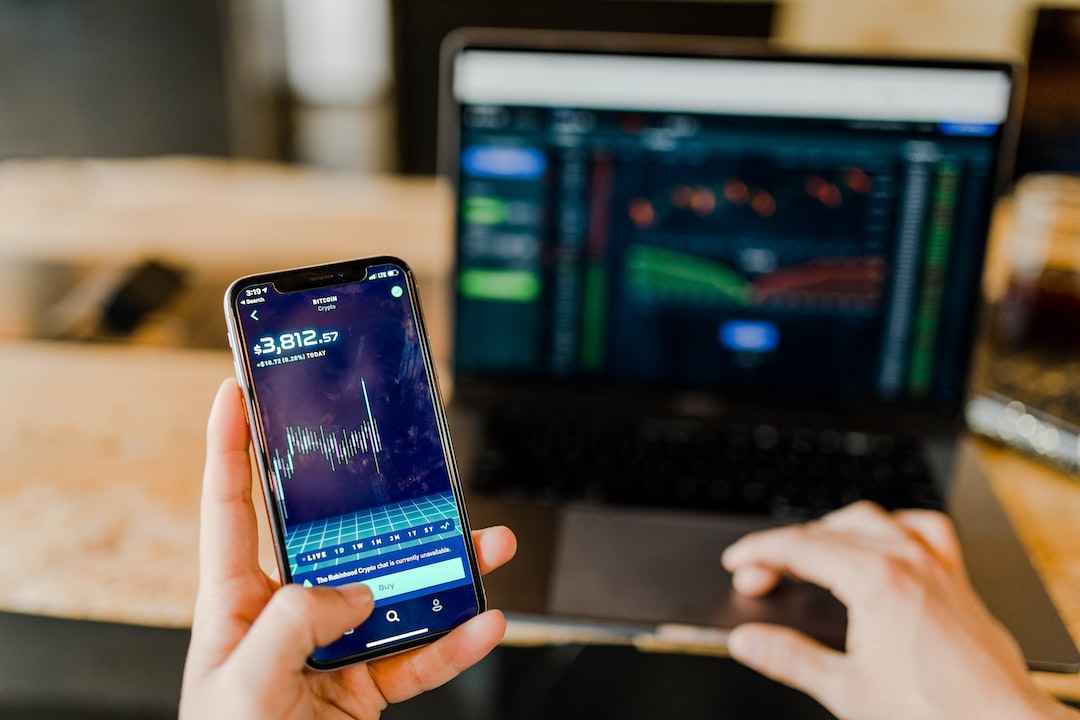Forex trading, also known as foreign exchange trading, is a popular form of investment that involves buying and selling different currencies. One of the most important concepts in Forex trading is the pip, which represents the smallest change in the value of a currency pair. Understanding how to calculate pips is crucial to making informed trading decisions and managing risk. In this article, we will explain what pips are and how to calculate them.
What are Pips?
Pip is an acronym for “Percentage in Point” or “Price Interest Point”. It refers to the smallest price movement in a currency pair. For most currency pairs, a pip is equivalent to 0.0001 or 1/100th of a cent. However, for currency pairs that include the Japanese yen, a pip is equivalent to 0.01 or 1/100th of a yen.
For example, if the EUR/USD currency pair goes from 1.2550 to 1.2560, it has moved 10 pips. If the USD/JPY currency pair goes from 110.50 to 110.60, it has moved 10 pips as well.
Why are Pips Important?
Pips are important in Forex trading because they determine the profit or loss on a trade. The value of a pip depends on the size of the position (the number of units of currency being traded), the currency pair being traded, and the exchange rate of the currency pair.
For example, if you buy 10,000 units of the EUR/USD currency pair at an exchange rate of 1.2550 and sell it at an exchange rate of 1.2560, you have made a profit of 10 pips. If the value of each pip is $1, your profit would be $10. However, if the exchange rate had gone down instead of up, you would have made a loss of $10.
How to Calculate Pips?
Calculating pips can be a bit confusing at first, but it is actually a simple process. There are two methods for calculating pips: the direct quote method and the indirect quote method. The method you use depends on the currency pair being traded.
Direct Quote Method
The direct quote method is used for currency pairs that do not include the US dollar. In this method, the value of a pip is calculated by multiplying the size of the position (in units of the base currency) by the pip value (in the quote currency).
For example, let’s say you want to trade the EUR/GBP currency pair and you buy 20,000 units of the base currency (EUR). The current exchange rate is 0.8500, which means one euro is worth 0.8500 pounds. The pip value for this currency pair is 0.0001 or 1/100th of a penny.
To calculate the value of a pip, you would multiply the size of your position (20,000) by the pip value (0.0001) and the exchange rate (0.8500). The calculation would be:
20,000 x 0.0001 x 0.8500 = 1.70 GBP
This means that for every pip the EUR/GBP currency pair moves, your profit or loss will be 1.70 pounds.
Indirect Quote Method
The indirect quote method is used for currency pairs that include the US dollar. In this method, the value of a pip is calculated by multiplying the size of the position (in units of the quote currency) by the pip value (in the base currency).
For example, let’s say you want to trade the USD/JPY currency pair and you buy 10,000 units of the quote currency (USD). The current exchange rate is 110.50, which means one US dollar is worth 110.50 yen. The pip value for this currency pair is 0.01 or 1/100th of a yen.
To calculate the value of a pip, you would multiply the size of your position (10,000) by the pip value (0.01) and the exchange rate (110.50). The calculation would be:
10,000 x 0.01 x 110.50 = 11,050 JPY
This means that for every pip the USD/JPY currency pair moves, your profit or loss will be 11,050 yen.
Conclusion
Pips are a crucial concept in Forex trading. Understanding how to calculate pips is essential to making informed trading decisions and managing risk. There are two methods for calculating pips: the direct quote method and the indirect quote method. The method you use depends on the currency pair being traded. By mastering the calculation of pips, you will be better equipped to make profitable trades in the Forex market.






